It was a chilly autumn morning in Edinburgh, and I was late for the Storytelling Festival.
I wove my way past groups of tourists along the Royal Mile until I reached a slightly crooked corner building – painted white on one side, bare brick on the other. I rushed up the stairs of the Scottish Storytelling Centre and suddenly stood inside a warm cafe, where my glasses steamed up immediately.
I looked around and spotted a white-haired man with eagles outlined on his shirt: Robert Seven Crows Bourdon, the man I was supposed to meet. Robert, a singer, songwriter and professional storyteller hailing from Quebec, was my first introduction to the reason for me being in Edinburgh.
We were both there for the Scottish International Storytelling Festival – otherwise known as the best festival I’ve never heard of.
Wait – there’s a Storytelling Centre in Edinburgh?
You’d be forgiven for not noticing the Scottish Storytelling Centre at first glance – it blends seamlessly into the other historical buildings along the Royal Mile. But for me (and for any other story-obsessed folk), this place is a dream location.
The Scottish Storytelling Centre is an arts venue designed specifically to preserve and celebrate live oral storytelling. It’s the first place in the world to do this – and probably just one of a handful of similar centres worldwide.
Throughout the year, the centre holds numerous events – everything from spoken word performances and open mic nights to workshops and exhibitions – but each October it becomes an international hub as storytellers from all over the world flock to the Scottish International Storytelling Festival.
So what is the Scottish International Storytelling Festival?
The Scottish International Storytelling Festival began in 1989 with the intention of bringing storytellers together to share oral histories and traditions. It’s been running for the last three decades, and celebrated its 31st iteration this year.
More than sixty events take place over the twelve day festival, and although the majority are held at the Storytelling Centre, there’s also associated talks and exhibitions scattered throughout Edinburgh too.
The theme of this year’s 2019 festival was ‘Beyond Words’, which showcased how music, dance and song all share their own stories. It also focused specifically on storytellers from First Nation Canada: something of a coincidence, seeing as I’d just spent a fortnight in Atlantic Canada with First Nation Mi’kmaq people learning about their traditions.
It also meant I was fascinated to know more about how Robert’s First Nation ancestry influences his storytelling.
Read more: a fortnight spent exploring Atlantic Canada
“Storytelling performances are a big trend now,” Robert told me. He said that oral storytelling is becoming more like theatre, where the focus is on the ‘show’ instead of the rapport between speaker and listener.
At a festival, everyone’s sitting and waiting with bated breath, but the tradition he comes from treats storytelling as something effortless. Nobody has stage fright; nobody’s afraid to disappoint.
“In our world there’s dogs running around, there’s kids jumping over you, the elders are talking…It’s not a performance. I invite you into my world — but I’m not saying you must listen to me. The storyteller’s job is not to be listened to. His job is to tell.”
Over the next hour, we talked about the other storytelling festivals he’s performed at (and there are many – Robert’s been telling stories professionally for twenty years). I’ve been to a few literary festivals – the most memorable being Hay Book Festival in Wales and Gibraltar’s annual Literary Festival – but Edinburgh’s Storytelling Festival is the first I’ve heard of which explores the relationship between a storyteller and their audience.
Before I’d even attended a performance, Robert’s words were making me understand just how significant this festival was.
Read more: Sailing to the Arctic in pursuit of storytelling
Exploring Edinburgh’s literary side
The skies were still bright blue outside on the Royal Mile. I had a few hours before attending my first performance of the storytelling festival, so I decided to visit a few of the more famous literary landmarks in the city.
Edinburgh’s fame as a literary destination is unparalleled. It was deemed the world’s first UNESCO City of Literature in 2004; it holds the largest literary festival in the world; and it’s regarded by millions as the modern-day home of schoolboy magic, thanks to J.K. Rowling’s regular writing sessions in an Edinburgh cafe.
It feels like you can’t take more than a few steps through Edinburgh without passing a second-hand bookshop, a location featured in a novel, or posters like these plastered all over the bricks.
My self-guided literary tour of Edinburgh began at The Writers Museum where three of Scotland’s most famous writers are celebrated: Robert Burns, Walter Scott and Robert Louis Stevenson.
Once I’d climbed up a winding red staircase in a narrow tower at Makar’s Court, I found glass cabinets filled with their childhood toys, dusty clothes, tobacco pipes, chess sets and locks of their hair.
At the National Library of Scotland, I wandered through an exhibit on how Scottish people have changed the world – and then spent ages in front of a glass cabinet filled with paper sculptures from old books.
These stunning artworks mysteriously appeared one night in 2011, left by an anonymous female sculptor in various cultural locations around Edinburgh. More sculptures were revealed over the next five years – but although the project has now come to a close, the artist’s identity still remains a secret.
I even made a quick stop at Deacon Brodie’s Tavern, the namesake of which served as the inspiration for ‘The Strange Case of Dr Jekyll and Mr Hyde‘.
A furniture maker and city councillor by day but a thief by night, the errant Deacon Brodie swung from the gallows in 1788. Some of his furniture made its way to a young Robert Louis Stevenson’s family: the burgeoning author became fascinated with Brodie’s double life, eventually incorporating the character into one of his most well-known novels.
By the time the sun had set, it was time to venture back to the Storytelling Centre for my first festival performance.
Inside the Scottish Storytelling Centre
A crowd of excited attendees were already milling around the Storytelling Court when I stepped inside. I headed for the ‘interactive storytelling wall’ – a long row of cabinet doors containing tiny, perfect models of famous stories, legends and folk tales.
After opening a few, I found a scene depicting Flora MacDonald helping Bonnie Prince Charlie escape to the Isle of Skye. She’s one of the famous Floras I was named after, and I couldn’t help but smile!
Just then the theatre doors were opened so I headed downstairs to the Netherbow Theatre, a small auditorium with just 99 seats, to watch as the Dancers of Damelahamid appeared onstage.
An Indigenous dance company from the northwest coast of British Columbia, they draw inspiration from their origin stories and use masks to retell traditional narratives of their ancestors. I had no idea what to expect, but from the moment their performance began I was utterly enthralled.
Their movements were quiet. Almost silent. Clean and precise, their feet tapping as they stepped back and forth to a drum beat. They uttered no words and were fully absorbed in their dance; becoming birds with beaks, then shaking wooden rain sticks and gripping animal hooves in their hands. Then suddenly:
“IT’S A SHARK!!”
A young child’s gleeful voice rang out from behind me. I felt the audience twitch and stiffen: my immediate reaction was one of annoyance, and I began mentally preparing for the constant threat of disturbance.
But that’s when Robert’s words came back to me: “Storytelling isn’t supposed to be silent or one-sided!” For him, any moment of storytelling will involve possible noise and outside activity and distraction.
And in that moment, I realised I’d been looking at this festival all wrong.
So often I think about storytelling as being something static – something to be read either on the page or a device’s screen. But in fact it’s so important to remember the live aspect of storytelling. The relationship between an oral storyteller and their audience has such power because it’s so subject to changes in timing, volume, even the dynamic between the people involved.
But everything – even a child’s excitable reactions – are simply part of the overall experience.
A spooky storytelling marathon for Halloween
The next day was the last of the storytelling festival, which also coincided with Halloween. I spent the majority of my day at the centre where a steady stream of impromptu storytellers stood (or sat) to share their words.
Just like Robert had said, the beauty of this event was in the interactive aspect. I watched a dozen different people take centre stage: a girl from Poland, an elderly Irish man, a Belgian woman, a guy in a full Scottish kilt outfit, all of whom told spooky stories.
Every time I thought of leaving, a new character appeared on stage and I couldn’t go – particularly when a group of older Scottish gentlemen arrived. They clearly spend a lot of time at the centre: there was an easy camaraderie between them borne of years in each others company, and their enjoyment of each others’ stories was infectious.
Celebrating a different kind of story at Samhuinn Fire Festival
Later that night, I wrapped myself in all the clothes I’d brought with me and trudged up Calton Hill to a side of Edinburgh which seemed lifted from the pages of a folk tale.
That’s because Halloween is celebrated differently in Scotland. October 31st is the night of Samhuinn, an ancient pagan festival which welcomes the thinning of the veil between two worlds. And each year, the Beltane Fire Society hold a festival to celebrate Samhuinn tradition with immersive performance, drumming, acrobatics and fire.
Read more: celebrating Samhuinn Fire Festival in Edinburgh
The value of storytelling
As I stood amongst the crowds and watched a grinning group of costumed characters dance and spin their way across the hilltop, I thought about how many ways there truly are to tell a story. It doesn’t prescribe to any one medium: it can be dancing or singing, drumming or speaking, full of sound or completely silent.
It’s about the rhythms they choose to use: cadence, words, the lilt of their voice. It’s about the place they decide to perform: sitting amongst their audience or standing on a stage or weaving their way through a small, tight crowd.
There is always a place for stories, and for storytellers – and in Edinburgh there’s a literal building for it. I’d never heard of Edinburgh’s Storytelling Centre before this visit, but I’m so thankful I know about its existence now. Creating a real, physical space for storytellers to gather together – not to mention hosting a festival which celebrating those gatherings, and opens them up for others – is something pretty special in my book.
Pin this article if you enjoyed it!
NB: This trip was in paid partnership with Edinburgh Festivals, who kindly invited me to the Scottish International Storytelling Festival so I could wax lyrical about stories for a weekend.

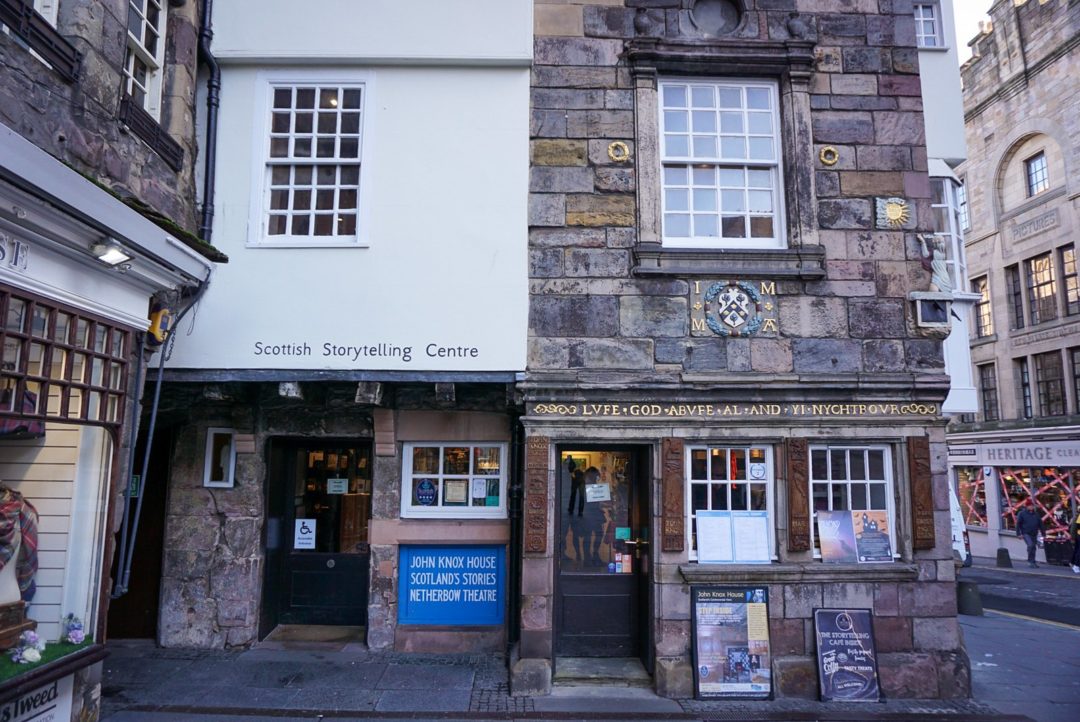



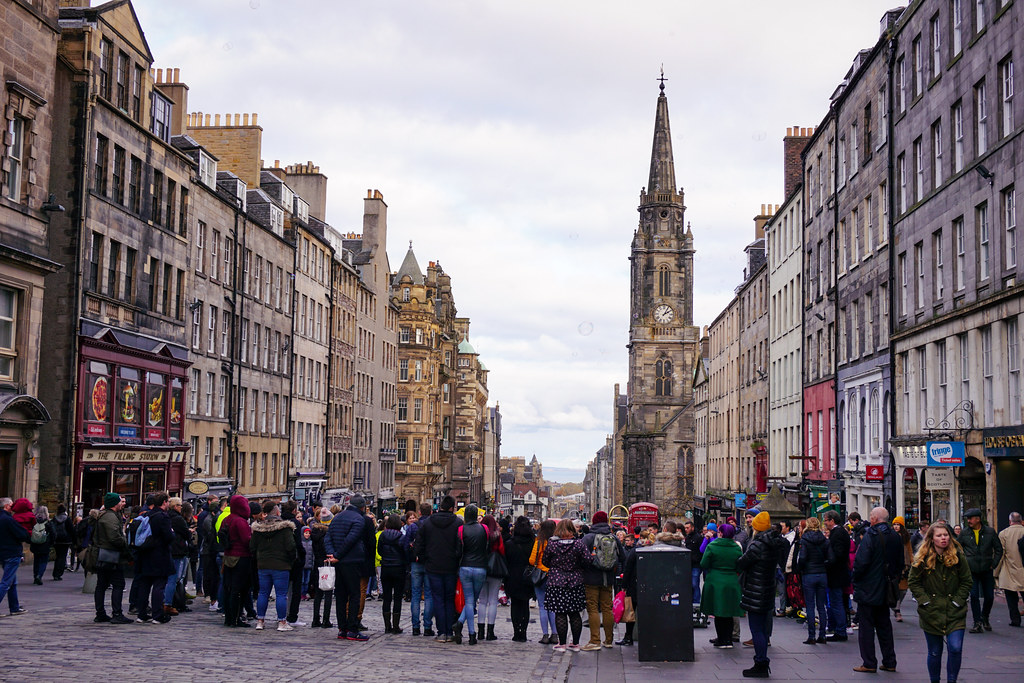






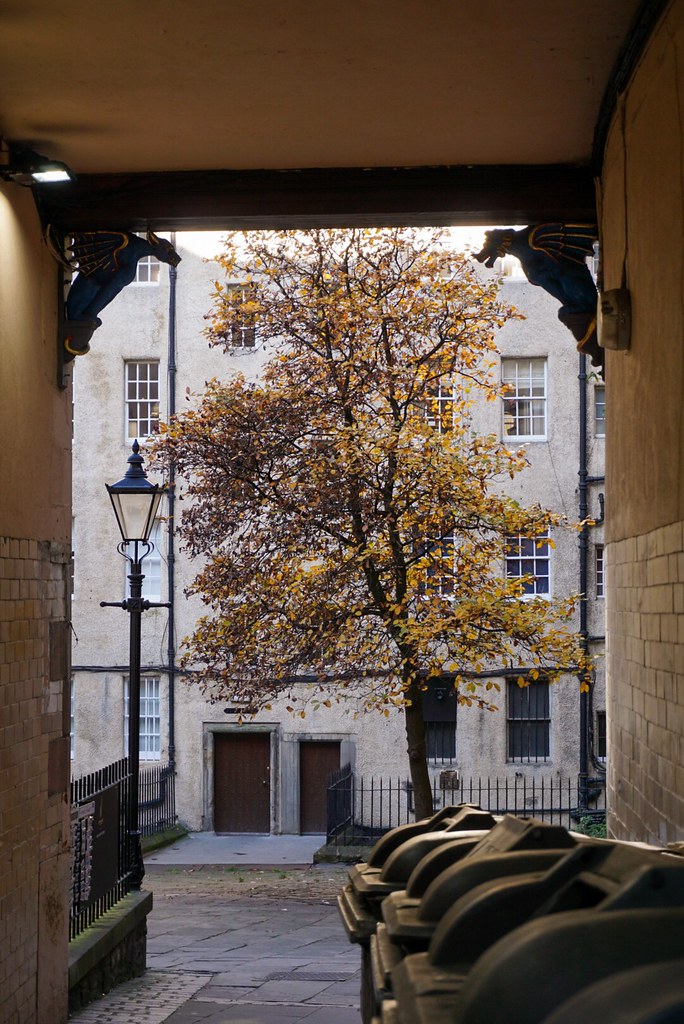

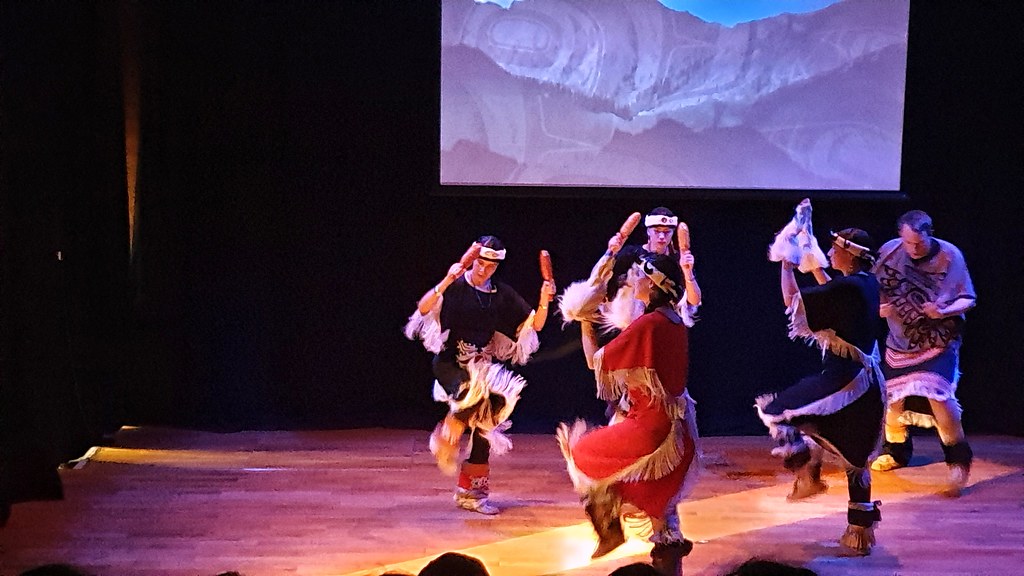
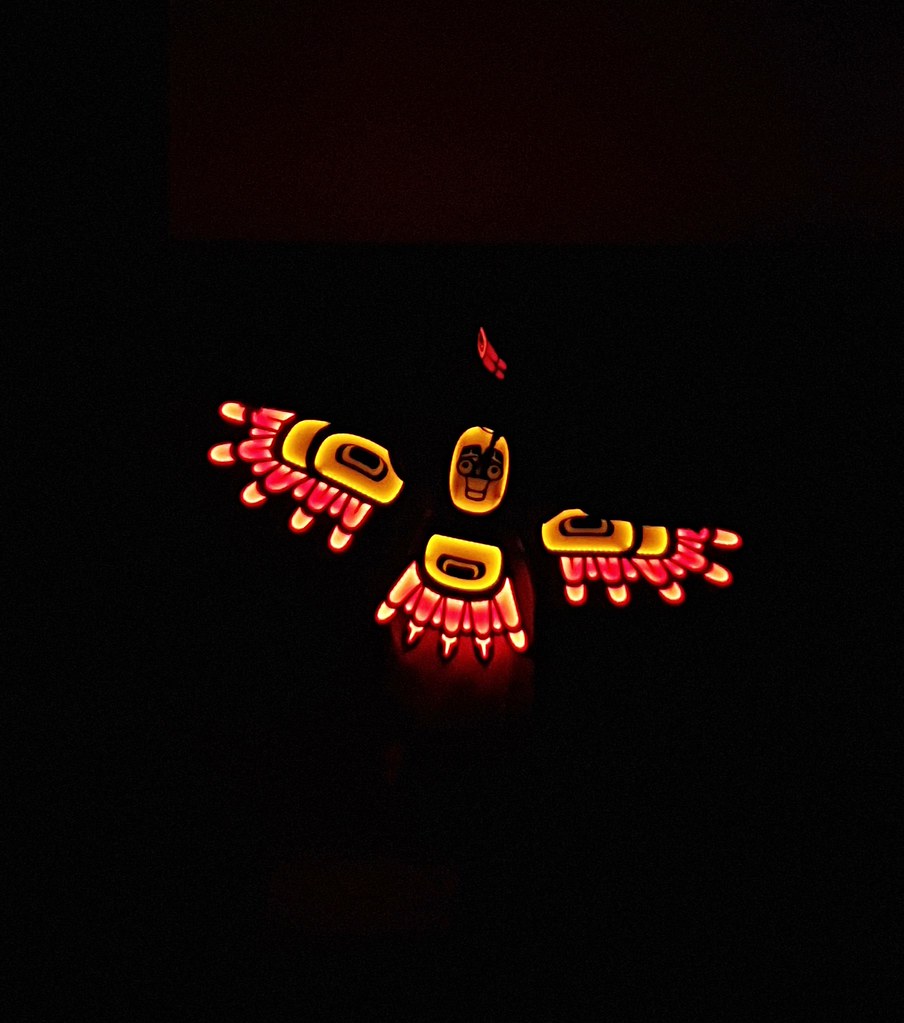



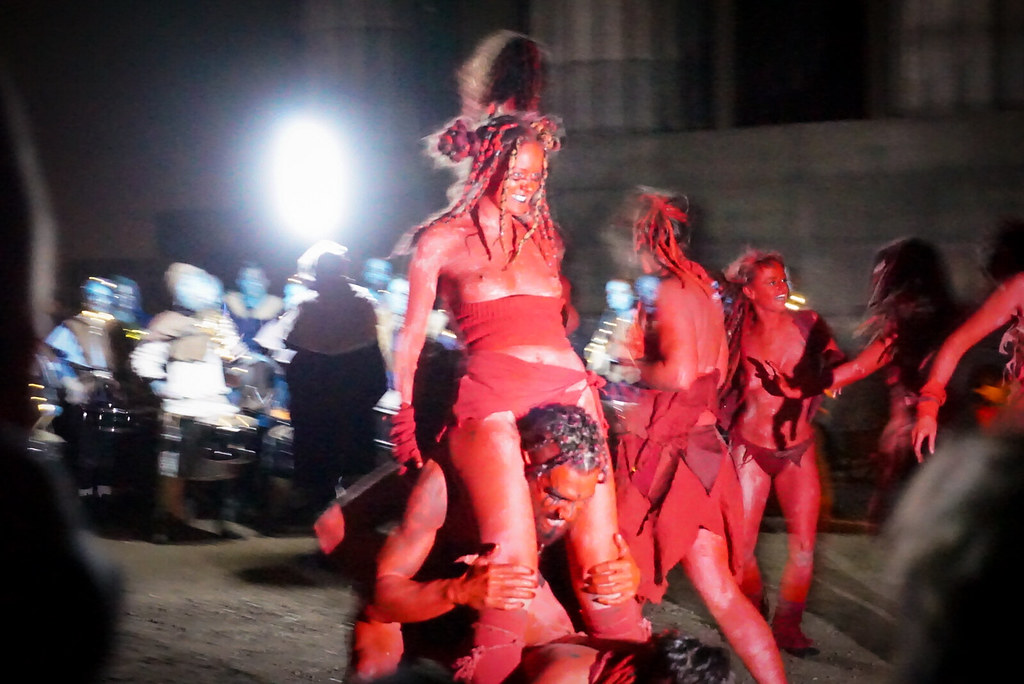
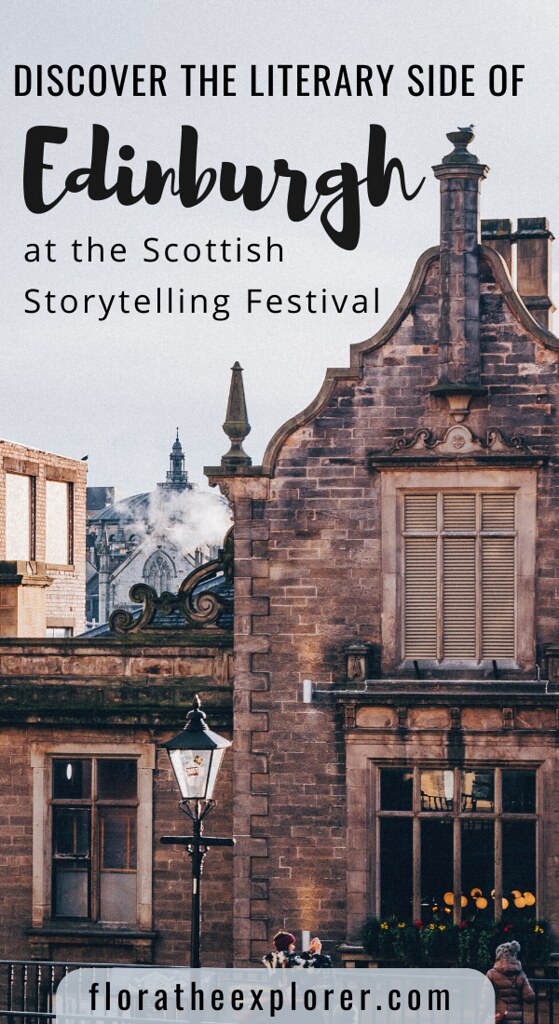
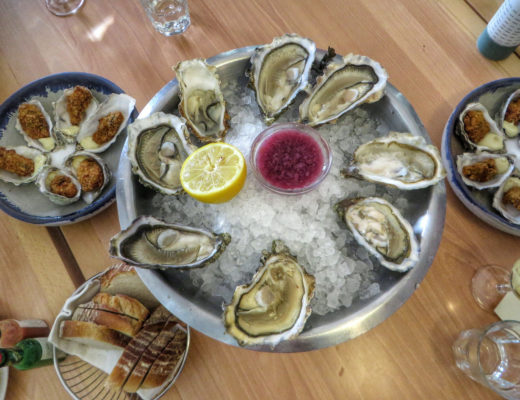
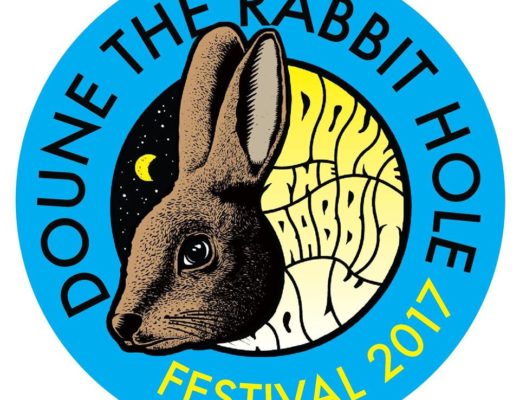
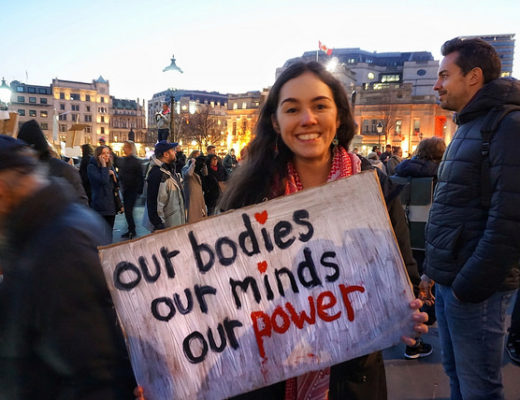
1 Comment
Ravin kumar
April 18, 2020 at 7:57 amI love taking photos and I’m glad there are posts like these, it’s so useful. Thanks for posting this out! Amazing post and a great read!